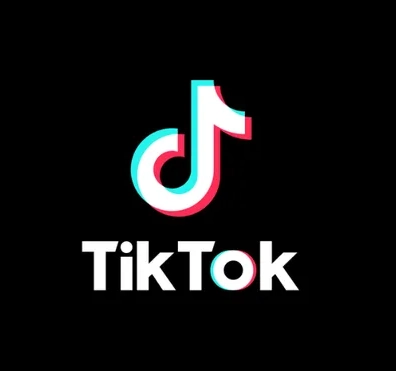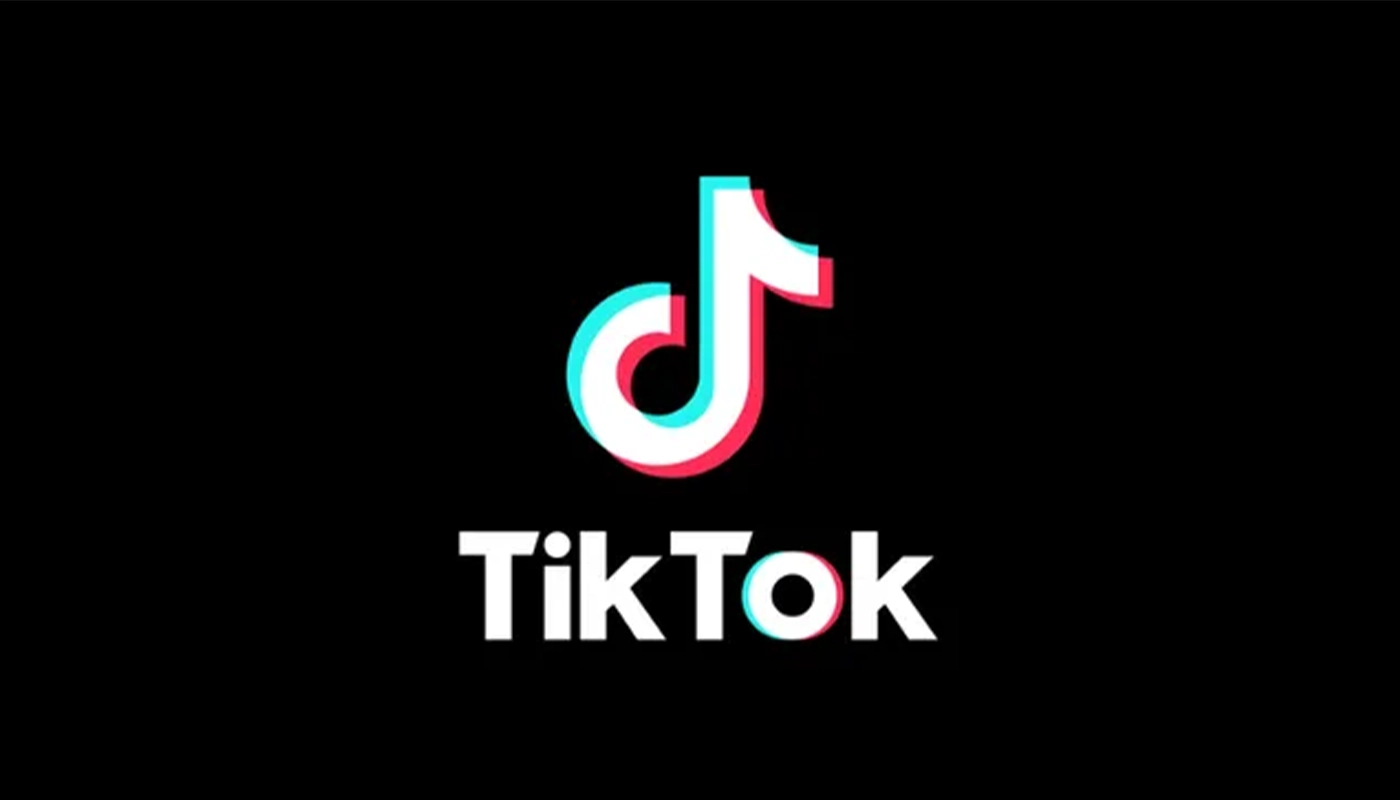TikTok started as a lip-syncing platform and quickly became one of the most influential social media apps in the world. With over a billion users, it’s more than just dance trends and memes—TikTok is reshaping how we communicate, express ourselves, and engage with the world.
Here’s a breakdown of the platform, including answers to some of the most common questions.
Is TikTok a Safe Space?
It depends on how you define “safe.” TikTok has taken steps to moderate harmful content and offers privacy tools, content filters, and parental controls. However, like all social media platforms, it’s still vulnerable to harassment, misinformation, and harmful trends.
Users—especially younger ones—need to be aware of these risks and adjust their settings accordingly. Safety on TikTok often comes down to how you use it and who you engage with.
What Made TikTok Famous?
TikTok became famous for one simple reason: it made content creation easy and viral content possible. Its algorithm doesn’t just favour users with huge followings—it boosts videos that spark engagement, even from first-time creators.
Trends move fast, and users love jumping on them. Short, snappy videos with music, effects, and humour are the platform’s backbone. Add to that a steady stream of challenges, memes, and influencers, and you have a cultural engine that never slows down.

How Can TikTok Be Used for Activism?
TikTok has become a powerful tool for social and political movements. Activists use the platform to raise awareness, organize protests, and share information quickly.
During events like Black Lives Matter and climate marches, TikTok helped mobilize young people and amplify underrepresented voices. The format—short, emotional, and direct—makes it ideal for powerful storytelling and reaching audiences who might not follow traditional news.
How Does TikTok Shape Identity?
TikTok encourages people to showcase who they are—or who they want to be. From fashion and humour to mental health and gender expression, users curate content that reflects their identities.
Algorithms quickly learn what users relate to, which can reinforce their sense of self or community. But there’s a downside: the pressure to perform or fit in can affect mental health and self-image. Still, for many, TikTok is where they find their voice, their people, and their confidence.
How Can TikTok Improve Video Editing?
TikTok has lowered the barrier to entry for video editing. Its built-in tools—filters, transitions, text overlays, and sound syncing—let anyone create polished content from their phone.
The learning curve is short, and experimentation is encouraged. As users try to keep up with trends or tell more creative stories, they naturally sharpen their editing skills. It’s not Final Cut Pro, but for many, it’s a first step into video production.
Conclusion
TikTok is more than entertainment. It’s shaping culture, driving conversations, and giving users tools to express themselves in new ways. Like any platform, it has risks—but it also has the potential to inspire, connect, and create change.




